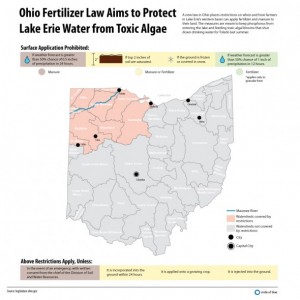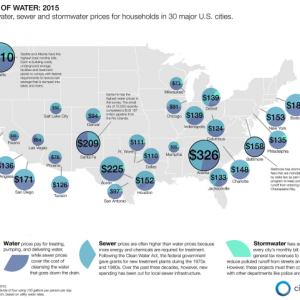The Stream, April 24: Cities Not Using China’s South-North Water Diversion
The Global Rundown |
Cities are not tapping into China’s massive South-North water diversion. Researchers raised concerns about the safety of Ethiopia’s Grand Renaissance Dam, groundwater levels dropped in India’s Andhra Pradesh state, and protests continued against a copper mine in Peru. A solar-powered desalination plant won USAID’s Desal Prize, and new regulations are expected to propel investment in ballast water treatment technology.
“We are concerned that the risks posed by the GERD’s extensive saddle dam may not have been fully appreciated or analyzed.”–Eastern Nile Working Group, in a report on Ethiopia’s Grand Renaissance Dam on the Blue Nile River that raised concerns about “weak zones” in the dam’s construction, as well as about how the dam will be filled. (Bloomberg)
By The Numbers |
59.13 meters Groundwater level in a town in India’s Andhra Pradesh state, where water levels have dropped precipitously due to a severe drought. The Hindu
$45.6 billion Estimated investments in ballast water treatment over the next five years, driven by the ratification of new global environmental regulations on ballast water discharges. Bloomberg
Science, Studies, And Reports |
A small-scale, solar-powered desalination plant could be a cost-effective way to irrigate small farms in developing countries. The device, which won USAID’s Desal Prize, was created by researchers from the Massachusetts Institute of Technology and Jain Irrigation Systems. Popular Science
On The Radar |
The second line of China’s massive South-North water diversion began operating in December 2014, bringing water from the Yangtze River Basin north to Beijing. Fewer than half of the cities along the route, however, have actually tapped into the new water supply due to high costs, experts say. The Wall Street Journal
Ongoing community protests against the $1.4 billion Tia Maria copper mine project in southern Peru pressured the government to say it may ask the company behind the project to modify its environmental impact study. The protests have centered around land and water pollution concerns in agricultural areas. Reuters
A news correspondent for Circle of Blue based out of Hawaii. She writes The Stream, Circle of Blue’s daily digest of international water news trends. Her interests include food security, ecology and the Great Lakes.
Contact Codi Kozacek






Leave a Reply
Want to join the discussion?Feel free to contribute!